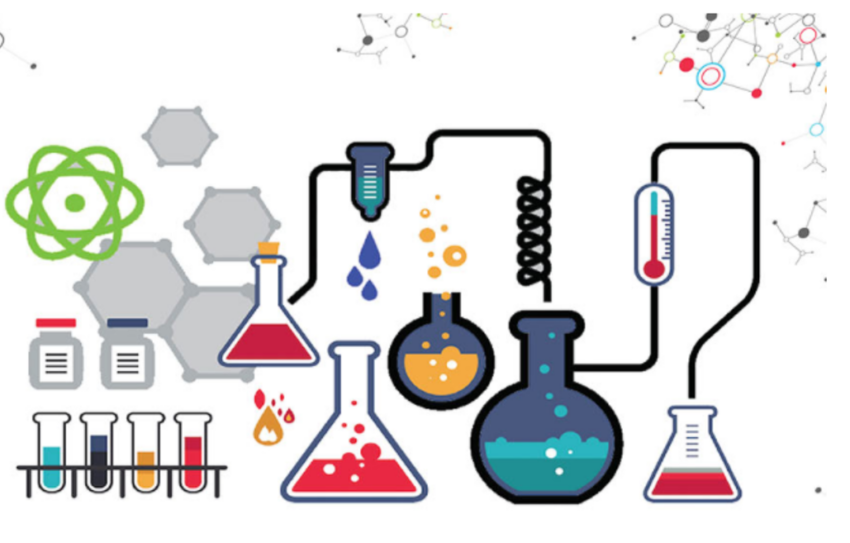Pharmacokinetics describes the effect a body has on a drug product. It does so by evaluating the drug movement through the body via the time course of the drug’s absorption, distribution, metabolism, and excretion profile. On the other hand, pharmacodynamics is concerned with the effect a drug has on the body through chemical interactions, receptor binding, and post-receptor binding effects.
Pharmacokinetic assay determines the intensity of a drug effect and its onset and duration. However, individual pharmacokinetic parameters depend on several factors, both drug-related and patient-related. Patient-related factors include genetic makeup, sex, renal functions, and age. On the other hand, drug-related factors include chemical properties, physicochemical interactions, and drug half-life. Individual factors can be predicted using different factors. However, having an in-depth understanding of drug pharmacokinetics is crucial for adjusting dosage and identifying the best route of administration. Therefore, the current article focuses on how bioanalytical labs employ pharmacokinetic studies to understand drug efficacy and safety.
The role of pharmacokinetic studies in drug efficacy and safety assessments
Physicians and healthcare providers can only prescribe a drug or medical treatment when it benefits a particular patient. This benefit considers both the efficacy and safety of a drug product. However, efficacy is different from effectiveness.
Efficacy pertains to a drug’s capacity to elicit an effect, for example, lower blood pressure. However, efficacy is assessed only in ideal experimental conditions. Hence, measuring efficacy requires expert supervision in patients, such as in randomized controlled trials. On the other hand, effectiveness refers to the working of a drug product in real life. Often a drug may prove efficacious in clinical studies but may not necessarily translate that effectivity in real-world use. For example, a drug may lower blood pressure, proving efficacies but may have low effectiveness as it may induce several adverse effects.
Bioanalytical labs often employ patient-oriented outcomes to judge the efficacy and effectiveness of a drug product. Patient-related outcomes include improved functions, prolongation of life, and relief from symptoms. While intermediate or surrogate outcomes are the ones that are not directly related to a patient’s well-being. These surrogate outcomes include physiological parameters or test results that correlate to patient-oriented outcomes. However, it is crucial to understand that patient-oriented outcomes are more vital than surrogate outcomes in judging efficacy and effectiveness.
Similarly, clinically relevant adverse effects can also be correlated with patient-oriented outcomes. These clinically relevant adverse events include disability, discomfort, and death. Here, understanding PK properties is crucial for deciphering drug efficacy and safety. Some clinically relevant adverse effects, such as death, are impossible to be included in a clinical study. Surrogate adverse effects are often employed and then correlated with patient-oriented adverse events. A thorough understanding of pharmacokinetic properties, along with its drug metabolism assessments, can prove critical in unlocking and understanding efficacy and safety before their use in the patient population.
Moreover, pharmacokinetic assessments also help researchers determine the therapeutic index of a drug product. This assessment helps scientists identify the difference between an efficacious drug dose and a dose that can cause adverse effects. Researchers effectively employ PK assessments to determine the therapeutic index and to help clinicians make informed decisions.


